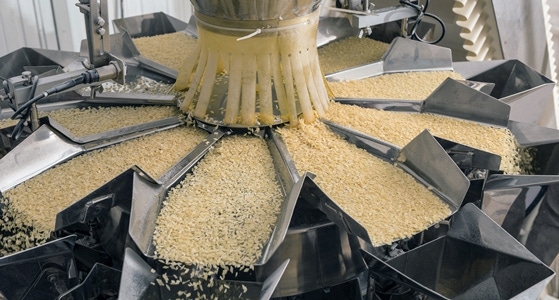New Center Aims to Lower Energy Used in Industrial Drying
October 4, 2016

A new National Science Foundation (NSF) funded research center directed by the Worcester Polytechnic Institute (WPI) is investigating methods to reduce energy use in industrial drying, one of the most energy-intensive manufacturing processes, the Massachusetts university announced Tuesday.
“By achieving breakthroughs in drying technologies, we can have a profound impact U.S. manufacturing capabilities,” said Jamal Yagoobi, George I. Alden Professor and head of WPI's Department of Mechanical Engineering, inaugural director of the Center for Advanced Research in Drying (CARD), in a statement. "In the short term, major innovations in this field, when commercialized, will positively affect production costs, process efficiency, energy sustainability, and product quality. In the long run, the magnitude of these changes could very well foster a new era of U.S. manufacturing competitiveness and job creation."
A major aspect of production in industries that involve materials with high moisture or porous natures, like manufacturers of powders and dry bulk chemicals, papermaking, and producers of food products like snacks, cereals, and pasta, industrial drying processes account for around 2% of the 100 quadrillion (quads) of energy used annually in the U.S., according to WPI. Drying accounts for 30% of the paper industry’s annual energy use.
Composed of researchers from WPI and the University of Illinois at Urbana-Champaign, the center said it is working toward helping industries increase the efficiency of drying processes by 10%, saving an estimated 0.2 quads of energy every year.
"Since steam is the prime media used in industrial heating and drying, by making drying more efficient, the center also aims to help reduce annual water usage in the United States by about 10 billion kilograms, or the equivalent of the water in 4,000 Olympic-sized swimming pools,” said Yagoobi.
The research, funded by the NSF and corporate partners, will look into improvements in drying technologies that will also benefit product quality. Presently, the center is working on a project to develop impinging jets that dry items more efficiently without damage, designing new sensors that will aid manufacturers in better controlling drying processes, and an examination of how drying processes impact product properties.
Yagoobi said that WPI researchers will focus primarily on the engineering end of drying, while efforts of researchers at the University of Illinois will likely center on sensor development and food and agriculture drying issues.
For more information, visit the center’s website at www.dryingresearch.com
You May Also Like

